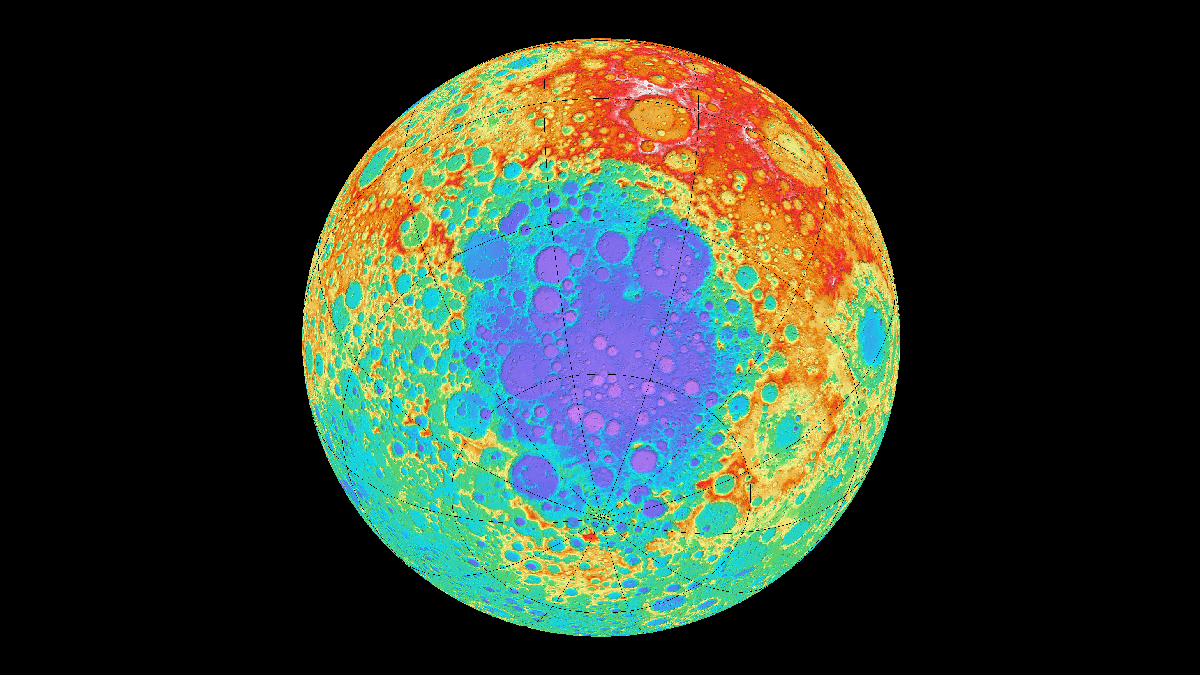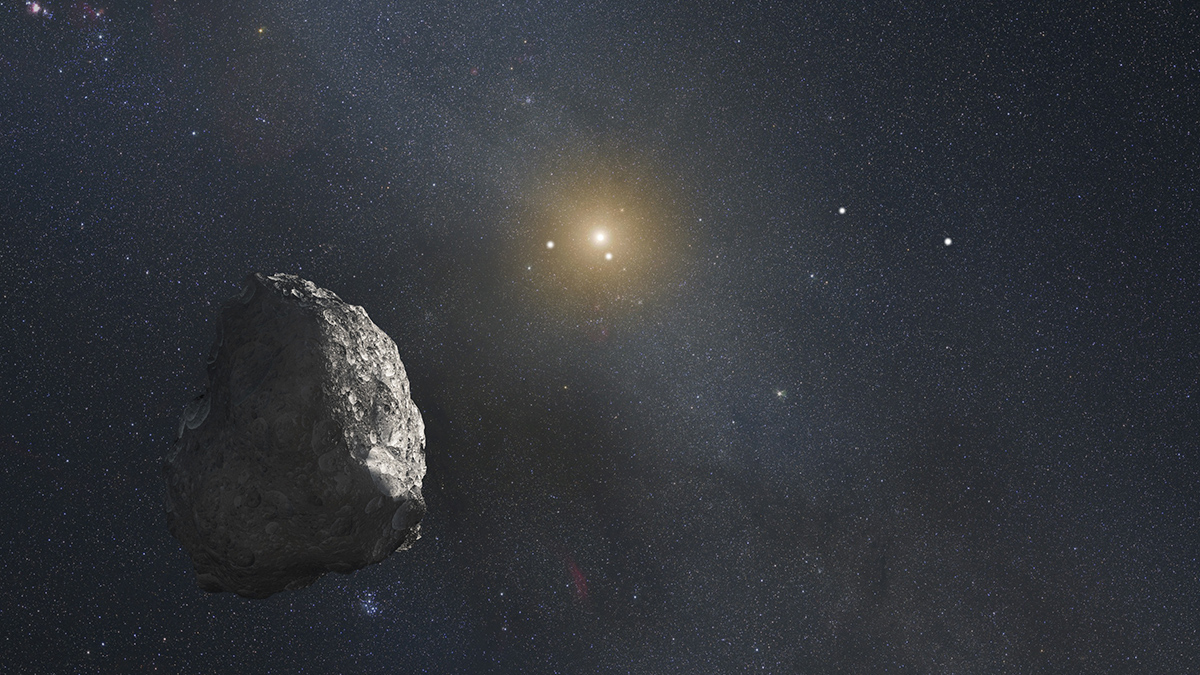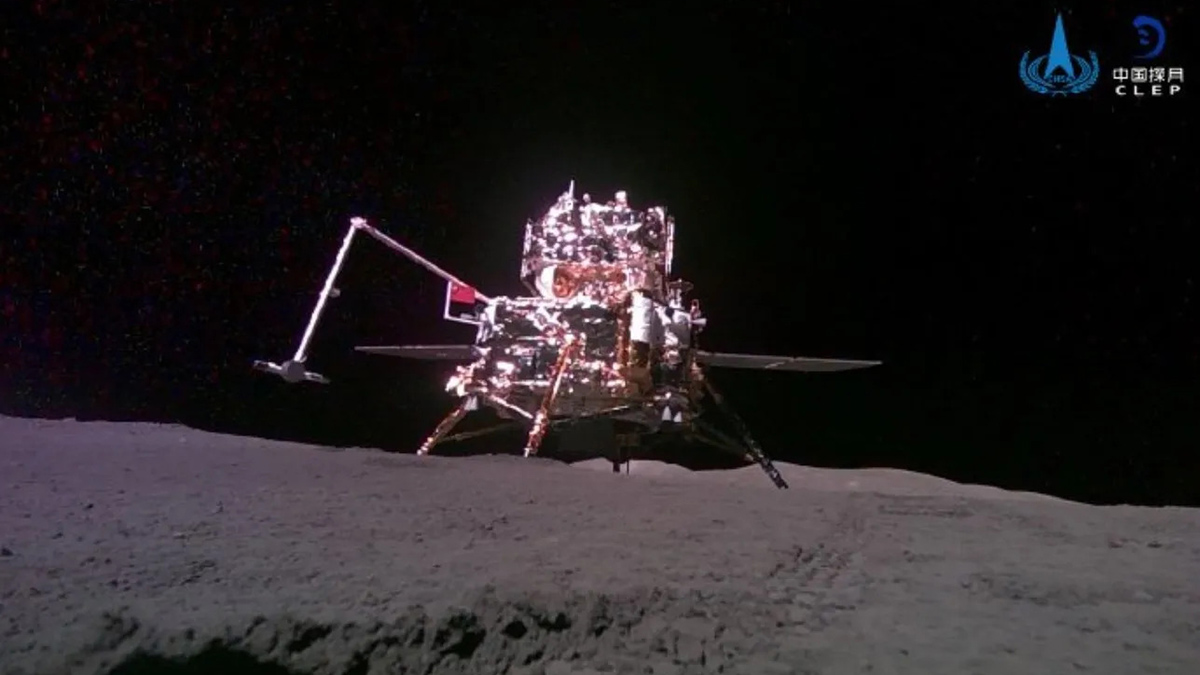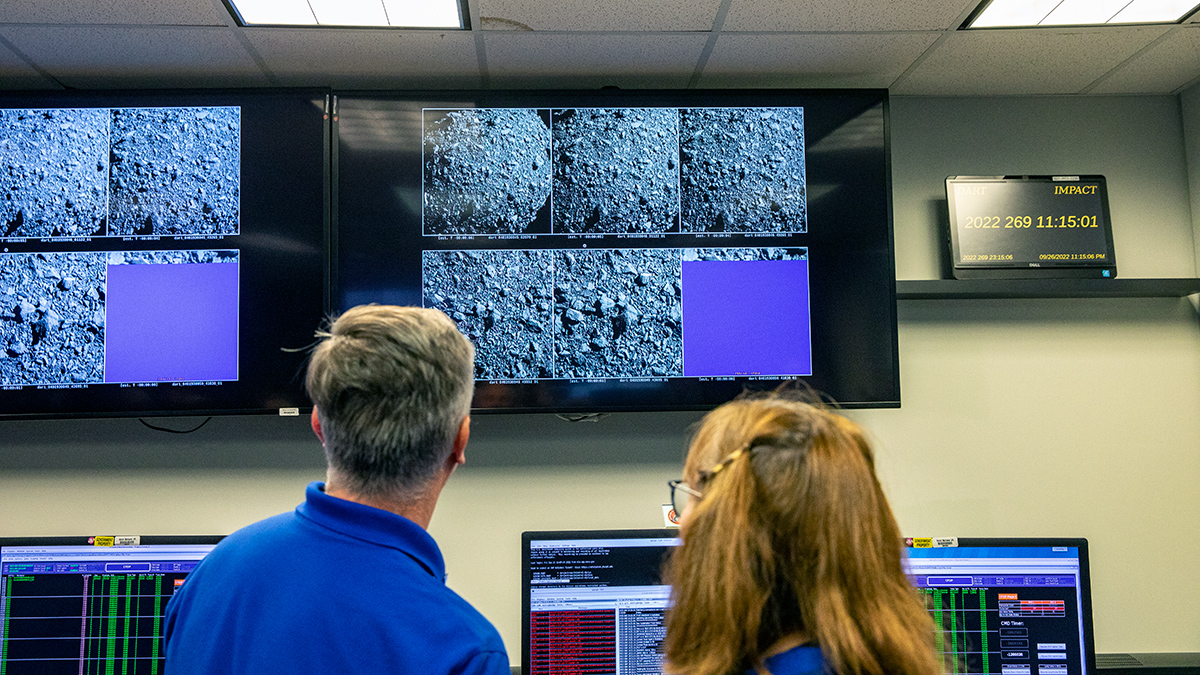The strange blend of surface chemistry on Nix and Hydra raises big question about the evolution of the Pluto system.
solar system
Meteorite Sheds Light on the Moon’s Impact History
Analysis has revealed the South Pole–Aitken basin is significantly older than other impact basins on the Moon, a finding that has implications for the evolution of the early solar system.
Earth May Survive the Sun’s Demise
A distant white dwarf hosts an Earth-like planet in an orbit that might be similar to Earth’s if it survives the Sun’s red giant phase.
Another Ring of Objects Might Exist in the Outer Solar System
A search for a new target for NASA’s New Horizons spacecraft suggests that space beyond the Kuiper Belt could be an unexpectedly crowded place.
Parts of Mars Might Be Younger Than We Thought
Data from InSight’s seismometer suggest more impactors strike the Red Planet than expected.
A Binary Asteroid System Gets Its Geological Close-Up
Researchers are learning more about the geology and evolution of the binary asteroid system Didymos from high-resolution imagery collected by the Double Asteroid Redirection Test mission.
Britney Schmidt: Following the Ice
An Earth and planetary scientist is most at home in cold places that mimic the worlds of the outer solar system.
A Sugar Coating for Arrokoth
A Kuiper Belt object might contain ribose and glucose on its surface—the same elements that could have seeded life on Earth.
First Samples from the Moon’s Farside Return on Chang’e-6
These samples could provide novel geologic insight into the Moon’s formation and history.










